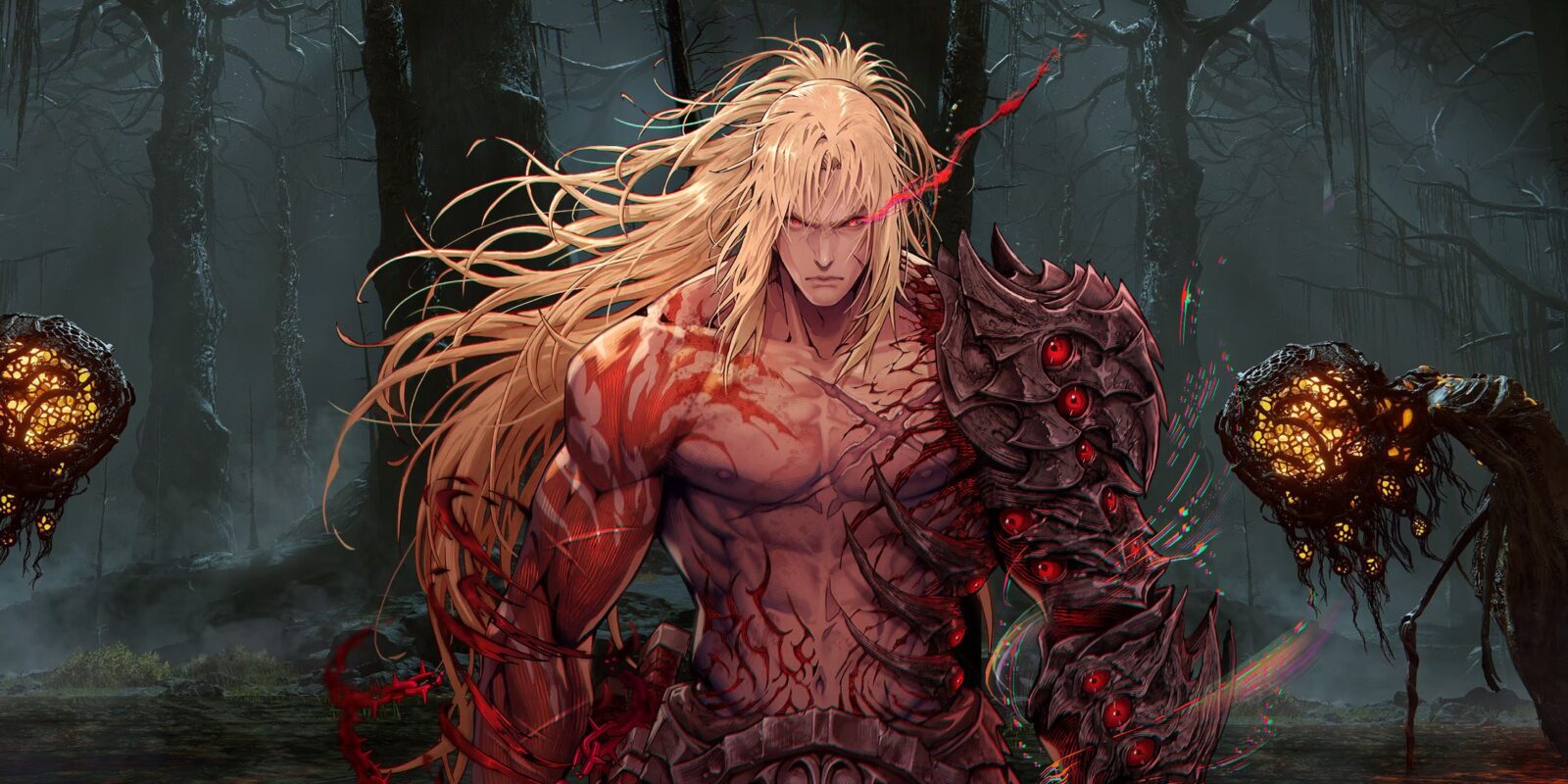Thanks to its central focus being its satisfying combat and high-spectacle boss encounters, The First Berserker: Khazan is a Soulslike that seems to really be resonating with fans of the genre and the FromSoftware classics that inspired them. Of course, part of The First Berserker: Khazan‘s appeal is that it deftly straddles the line between homage and innovation, bringing just enough new to the Soulslike conversation while simultaneously honoring the design template established by FromSoftware’s Demon’s Souls back in 2009. Unsurprising, then, that the game goes so far as to honor one of the most polarizing aspects of FromSoftware’s catalog: the poison swamp.
Poison swamps (and Miyazaki’s well-known fondness for them) are hallmarks of FromSoftware’s Soulsborne games, routinely showing up to either put a damper on the experience of those who loathe them or serve as a fitting and familiar reminder that one is indeed playing a Souls game. Accordingly, the poison swamp is a regular fixture of the Soulslike subgenre, and The First Berserker: Khazan is no exception. The Skoffa Cave location in Khazan is one of the game’s first true gauntlets for survival, and it’s a polarizing area that could either be the game’s early high point or low point, depending on the player.

Related
The First Berserker: Khazan – Easy vs. Normal Mode Explained
The First Berserker: Khazan is one of a very small handful of Soulslike games that offers players different difficulty options.
Skoffa Cave Puts Players Through the Ringer Before They Even Reach the Swamp
The poison swamp players encounter in The First Berserker: Khazan comes about during the game’s 5th main mission, Strange Stench, in which players must traverse through Skoffa Cave to reach Palemion. But before even reaching the Poisoned Depths area of Skoffa Cave, the cave itself is rife with dangers for players to overcome that make the swamp itself pale in comparison. It’s almost as if the poison swamp is a bit of a reprieve when stacked up next to the rest of what Skoffa Cave has to offer.
Between the myriad spiders, bats, and undead foes that inhabit the upper levels of Skoffa Cave, Khazan will have a hard enough time just reaching the Poisoned Depths, much less successfully navigating through them. It doesn’t help that the new undead enemies are the first foes players will encounter that inflict the Plague status effect, which, when paired with the Poison damage spider enemies can inflict, is tantamount to a death sentence. The First Berserker: Khazan‘s Skoffa Cave area is the game’s first true environmental challenge and a gauntlet for survival that makes its valuable rewards that much sweeter.
The First Berserker: Khazan Has Valuable Lessons to Teach Players Through its Poison Swamp
The reward for making it through the depths of Skoffa Cave and successfully traversing the poison swamps within is a fight with one of The First Berserker: Khazan‘s best beast-type bosses, the massive spider Aratra. Defeating Aratra unlocks access to the Blacksmith back in The Crevice, which amounts to players finally being able to have more agency over their gear selection and build in a way that is literally game-changing. But the lessons that The First Berserker: Khazan teaches players through the experience of surviving Skoffa Cave and its poison swamp are just as valuable.
By the time players clear Skoffa Cave, they will have an intimate understanding of how important it is to protect against status ailments in The First Berserker: Khazan, which is a lesson that is partially imparted by the boss fight against Volbaino that precedes the area. Like the best Soulslikes do, The First Berserker: Khazan communicates valuable and important information to the player via the struggles that they have to endure, and learning the importance of protecting against debilitating status effects is a lesson that will serve players well as the game only continues to ratchet up in intensity and difficulty following players’ trek through an infamous poison swamp.

- Released
-
March 27, 2025
- Developer(s)
-
Neople












Leave a Reply